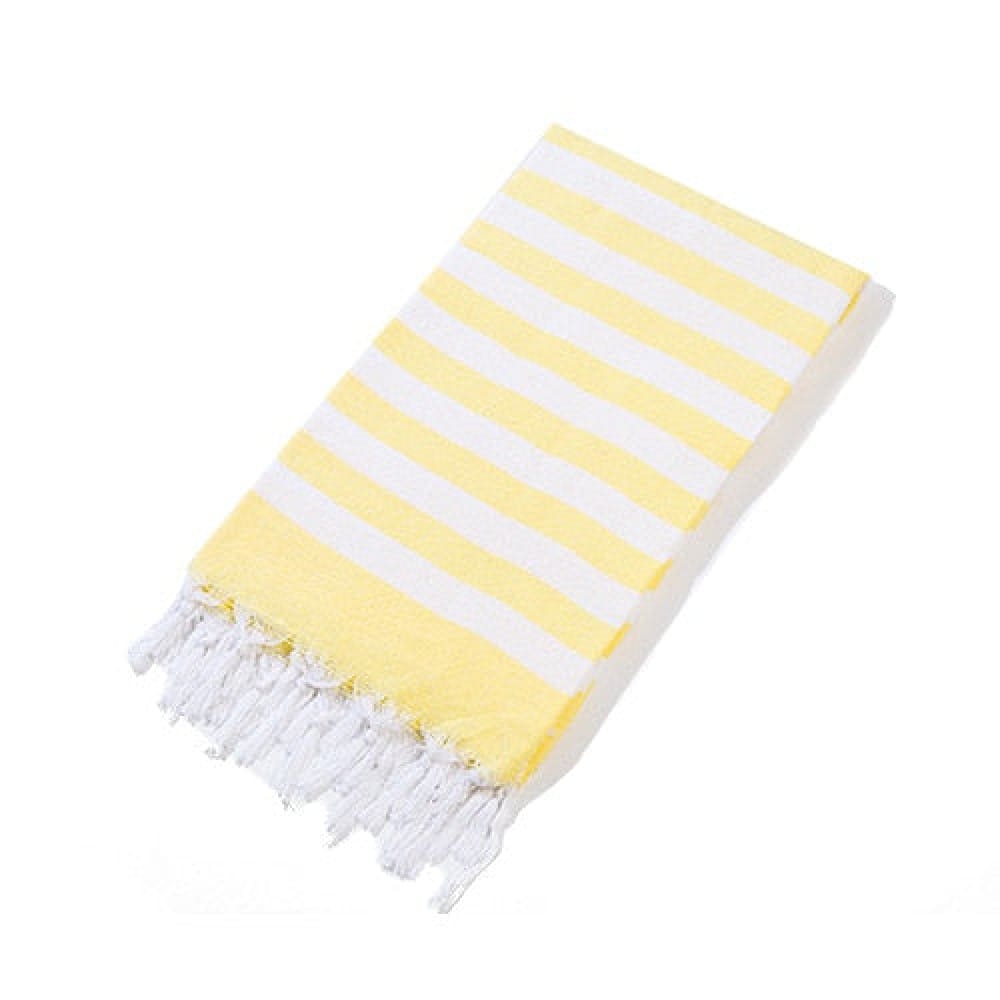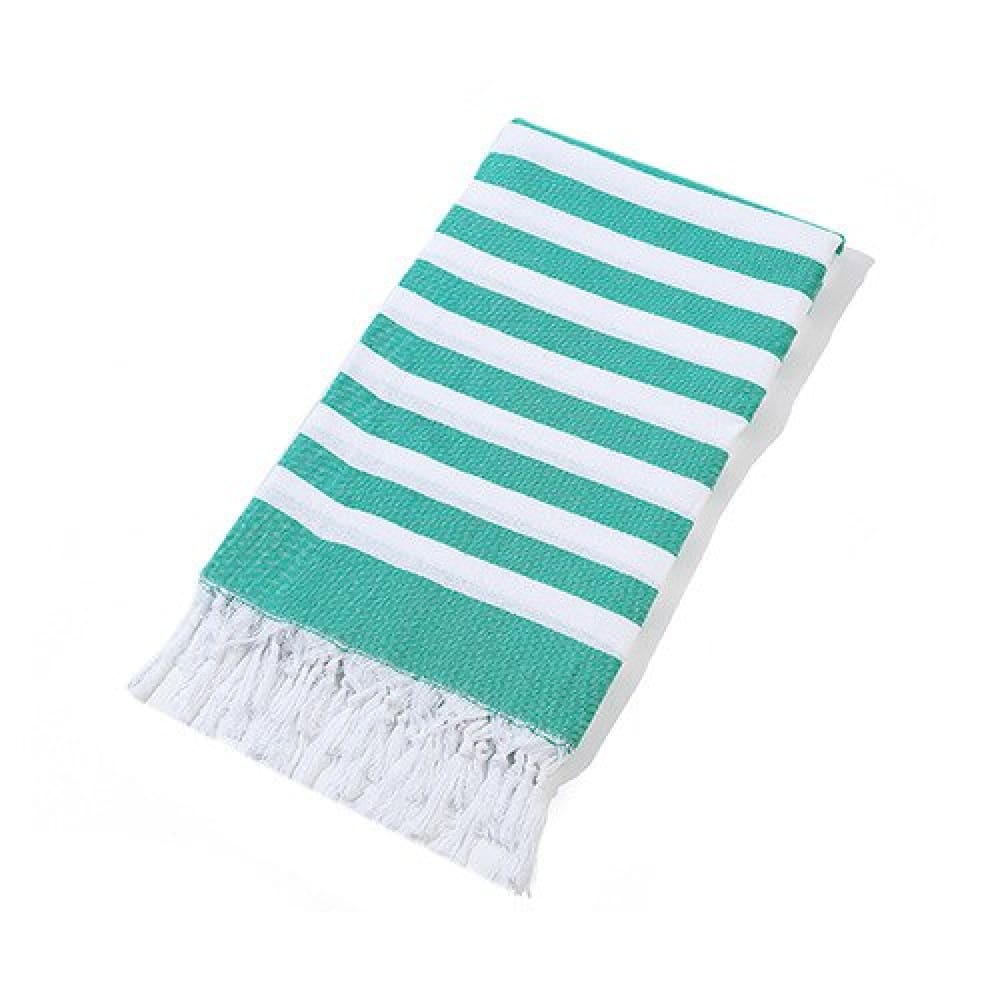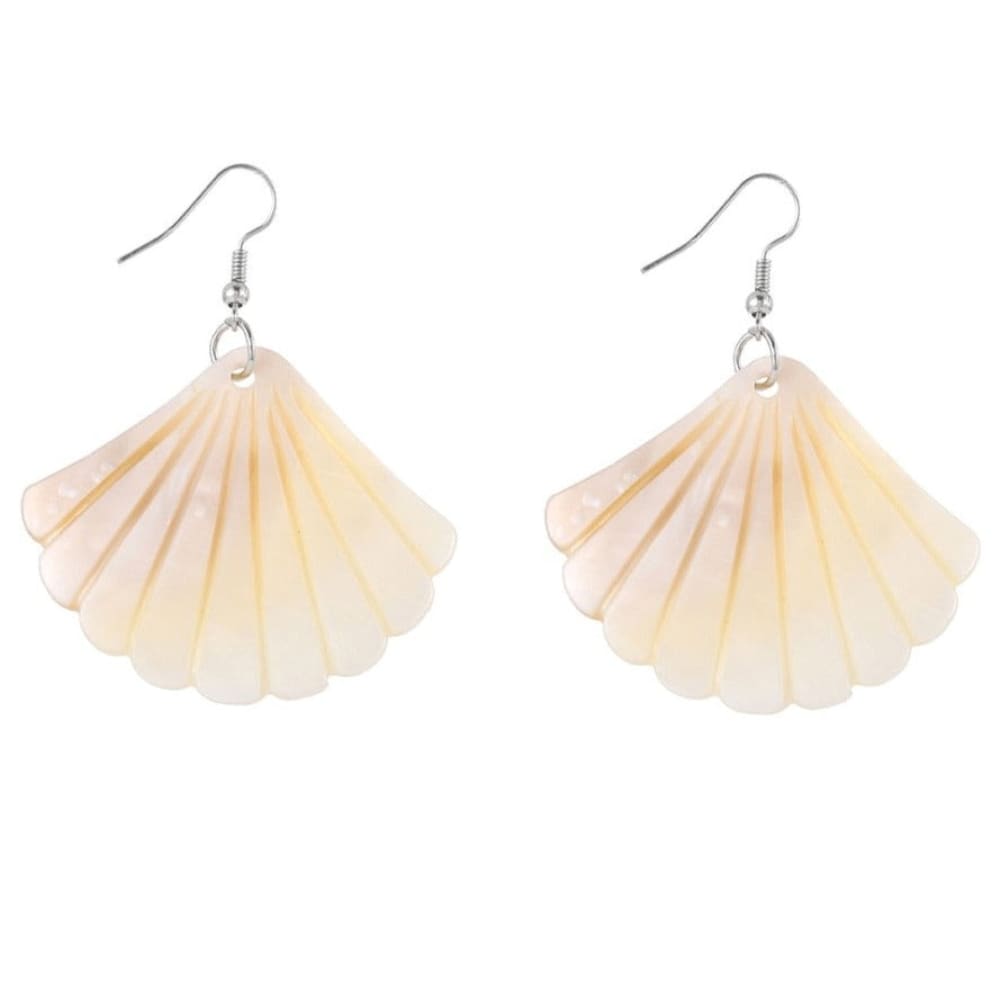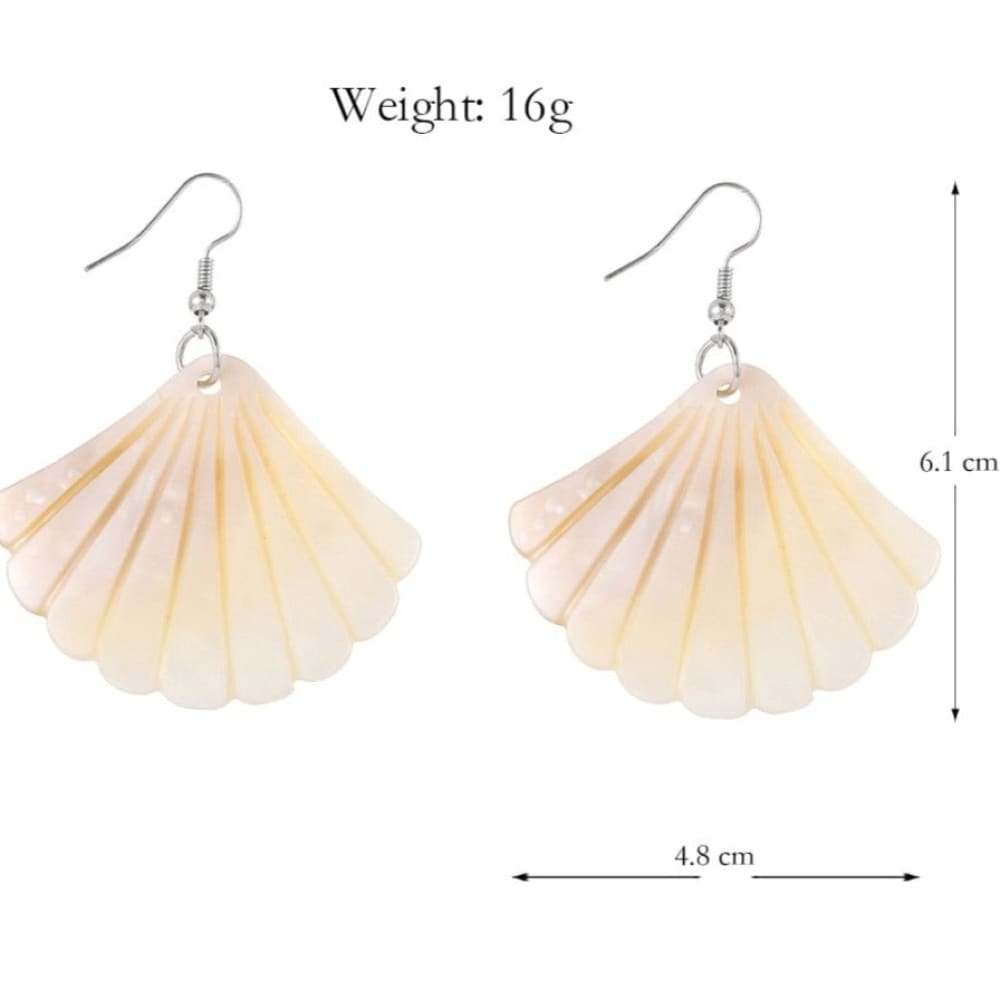How to Clean Sails - Expert Tips and Techniques
How to Clean Sails - Expert Tips and Techniques
Understanding Sail Cleaning
Keeping your sails clean is essential for maintaining their performance and prolonging their lifespan. Regular maintenance not only improves the overall appearance but also prevents the accumulation of dirt, grime, and salt that can contribute to wear and tear. Let us dive into the best practices and techniques for cleaning your sails.
When it comes to cleaning your sails, it's important to use the right products and techniques to avoid damaging the fabric. Here are some expert tips to help you get started:
1. Assessing the Condition
Before you begin the cleaning process, carefully inspect your sails for any signs of damage or wear. Look for weak areas, loose stitching, or any visible stains that require special attention. This initial assessment will help you determine the best cleaning approach.
If you notice any tears, fraying, or significant damage, it's always a good idea to get your sails inspected and repaired by a professional sailmaker before attempting to clean them.
Remember to remove any hardware or attachments from your sails before cleaning to prevent damage or tangling.
2. Preparing the Cleaning Solution
Creating the right cleaning solution is crucial for effectively removing dirt and stains without compromising the integrity of your sails. Fill a clean bucket with warm water and add a mild detergent specifically designed for sail cleaning.
Avoid using harsh chemicals, bleach, or abrasive cleaners as they can weaken the fabric and reduce the lifespan of your sails. Always follow the manufacturer's instructions when selecting a detergent and diluting it properly with water.
If you prefer a more natural approach, consider using a mixture of vinegar and water. Vinegar is known for its gentle yet effective cleaning properties, making it a safe and eco-friendly option for sail cleaning.
Hand Cleaning Your Sails
Hand cleaning is the most common method used for sail cleaning, especially for smaller sails. Here's a step-by-step guide on how to clean your sails by hand:
1. Wetting the Sail
Start by soaking the sail thoroughly with clean water. This will help loosen any dirt, debris, and salt particles attached to the fabric.
While doing this, pay special attention to any stains or heavily soiled areas. Gently scrub the affected spots using a soft brush or sponge to prepare them for targeted cleaning.
Avoid using excessive force or abrasive materials as they can damage the sail's surface.
2. Applying the Cleaning Solution
Once the sail is wet, it's time to apply the cleaning solution. Dip a clean sponge or soft brush into the solution and start working it into the entire surface of the sail.
Use gentle circular motions to lift dirt and stains without putting too much pressure on the fabric. Focus on small sections at a time to ensure thorough cleaning.
If you encounter stubborn stains or areas with heavy discoloration, you can use a specialized stain remover or spot treatment specifically formulated for sails. Follow the instructions and precautions provided by the manufacturer.
3. Rinsing and Drying
After cleaning, rinse the sail thoroughly with clean water to remove any leftover cleaning solution or residue.
Make sure you rinse from top to bottom, focusing on removing all traces of soap or detergent.
Once rinsed, allow the sail to dry naturally in a well-ventilated area away from direct sunlight. Avoid using any heating devices or exposing it to excessive heat, as this can damage the fabric.
Machine Cleaning Options
For larger sails or those with heavy soiling, machine cleaning can be a more efficient option. Here are two machine cleaning methods to consider:
1. Professional Sail Cleaning Services
If you have expensive or delicate sails, it is best to leave the cleaning to professionals. Many sailmakers and sail lofts offer professional cleaning services using specialized equipment and cleaning agents.
These services ensure a thorough and safe cleaning process, while also providing additional services like sail repairs and inspections.
Before selecting a cleaning service, make sure they have experience in servicing sails similar to yours and inquire about their cleaning methods and products used to ensure compatibility with your sail fabric.
2. Washing Machine Cleaning
If you have access to a large-capacity washing machine, you can clean smaller sails at home using a gentle cycle and mild detergent.
Make sure to remove any hardware or attachments from the sails before placing them in the machine. To prevent tangling, consider placing the sails inside a mesh laundry bag or pillowcase.
Set the machine to a cold or lukewarm water temperature and use a low spin cycle to minimize stress on the fabric. Avoid using fabric softener or bleach.
Conclusion
Regularly cleaning your sails is essential for maintaining their performance and extending their lifespan. Whether you choose hand cleaning or machine cleaning methods, always use gentle techniques and the right cleaning products specifically formulated for sail fabrics.
By properly cleaning your sails, you'll not only enhance their appearance but also ensure they function optimally, allowing you to enjoy smooth sailing adventures for years to come.































